Content
If common goldenrod grows on the site, it is impossible not to notice it - it attracts attention with its bright color and original aroma. The plant is used not only as an element of landscape design, but also as a medicinal raw material and honey plant. Long flowering, rapid growth and ease of care are the reasons for the popularity of common goldenrod, which has many species and varieties.
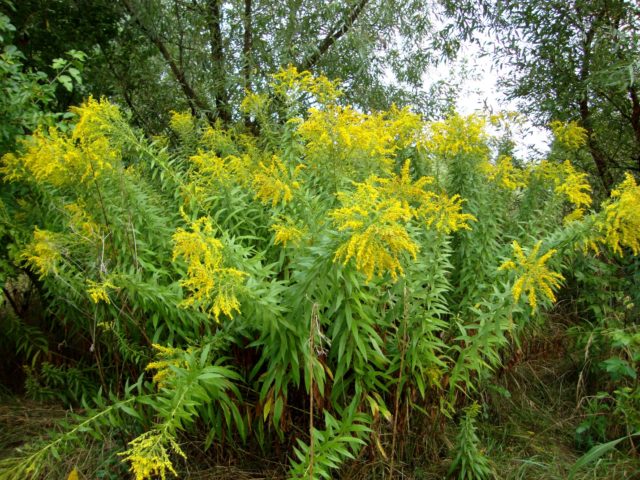
Goldenrod blooms from May to September
Detailed description of goldenrod
Goldenrod, or solidago, is a perennial herbaceous plant.Its stems are erect, from 30 cm to 2 m high. The leaves are elliptical in shape, slightly pointed, the arrangement is regular. The lower leaf plates form a winged petiole, the middle and upper ones are narrower, sessile. All parts of the plant have slight pubescence. The rhizome is short, strong, woody.
Small bright yellow baskets of flowers are collected in paniculate inflorescences. The outer ones (pistillate) bloom earlier than the middle ones (bisexual). After pollination, fruits are formed on the plant - brownish achenes with a small tuft.
How and where does goldenrod grow?
Since goldenrod is undemanding to soil and light, and easily tolerates drought and severe frosts, it is widespread in Siberia, the European part of the Russian Federation, the North Caucasus, the Far East, Scandinavia, the Mediterranean and North America. It can be found on forest edges, meadows, clearings and along roads. The perennial develops best on light, sandy, well-fertilized, breathable soils, with regular watering.
What does goldenrod smell like?
The aroma emitted by solidago is explained by its chemical composition, which includes essential oils (up to 1.4%), aromatic acids. During the flowering period, the plant emits a pleasant, pungent herbaceous smell with notes of pine needles and camphor.
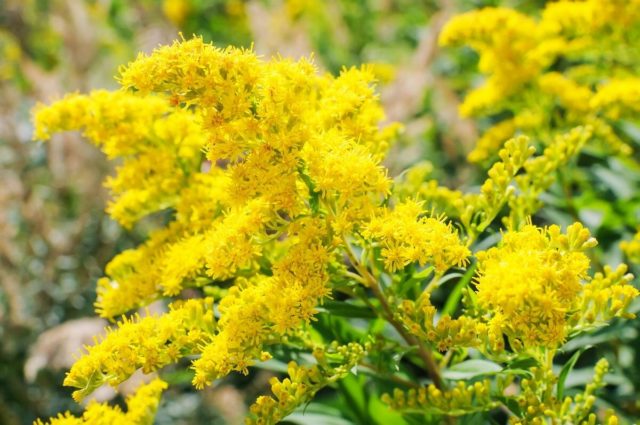
Goldenrod seeds can be scattered over long distances
Difference between ragweed and goldenrod
Very often, goldenrod is confused with ragweed, which is a quarantine weed that can infest agricultural crops, perennial and annual grasses.
To distinguish it from ragweed, you should pay attention to a number of features:
- ragweed foliage resembles wormwood;
- its stem is branched, rectangular, with a visible furrow;
- leaves are dark above, gray-green below;
- pubescence on the plant is thick, bristly;
- the inflorescence has the shape of a spike.
Goldenrod as a honey plant
Solidago is a honey plant. Its pollen and nectar attract bees during the flowering period, which lasts more than two months. Nectar is released throughout the day, so the plant is often grown when the main natural honey plants have finished flowering.
Honey productivity of goldenrod
One hectare of solidago plantings produces up to 150 kg of honey, which when fresh has a strong aroma and excessive astringency, and later acquires a soft and pleasant taste. Thick yellow or reddish honey is used in folk medicine to treat pathologies of the urinary tract and skin diseases.
Its crystallization occurs very quickly - a month and a half after pumping. Although, as a honey plant, goldenrod has average honey productivity, it is suitable for wintering bees and allows you to avoid additional feeding.
Types and varieties of goldenrod
Goldenrod diversity includes up to 100 plant species. Among them are tall, dwarf, with different flowering periods and distribution areas.
Canadian
Canadian goldenrod is widespread in North America and Eurasia. Its stems are straight, powerful, reaching a height of one and a half meters, abundantly covered with dark green leaves with jagged edges. Narrow racemose inflorescences consist of small lemon-colored baskets.
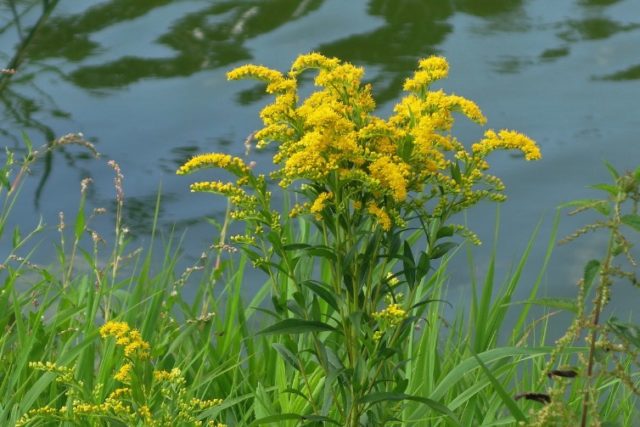
The roots of Canadian goldenrod produce substances that inhibit the development of other plants
Canadian goldenrod is used as an ornamental plant, which often runs wild and begins to take over more and more new territories. The perennial is winter-hardy, can spread quickly even on poor soils, and does not require frequent watering.
Supreme
The highest goldenrod lives up to its name - its shoots reach 2 m in height, forming real thickets. The stems are not very branched, slightly pubescent. The arrangement of dense emerald foliage on the shoots is alternate, their shape is lanceolate, the edges are jagged. The plant has bright yellow inflorescences in the form of panicles, the length of which sometimes reaches 35 cm. The perennial baskets bloom at the end of August, flowering lasts for a month and a half.
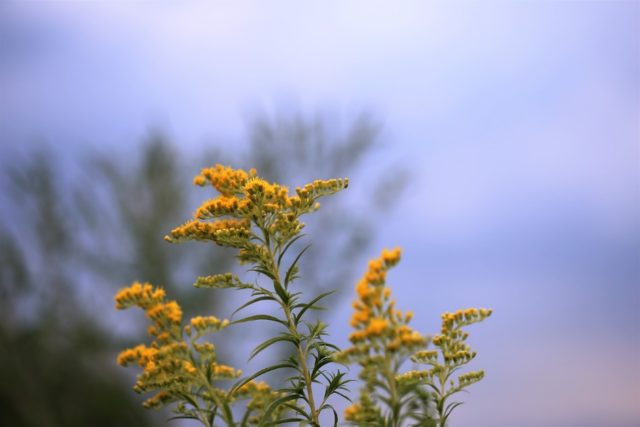
The homeland of the tallest goldenrod is North America
Kutler's goldenrod
The species is classified as a dwarf species, its height is 25 cm. The leaves are long, oval, coarse in texture, with jagged edges. The perennial stem is rarely covered with foliage. The inflorescences are short, in the form of scutes or racemes of amber color.
Goldenrod "Cutlera" (Solidago cutlieri) is often used in landscape design for planting on lawns, borders and rockeries. Flowering begins at the end of August and ends with the first frost.
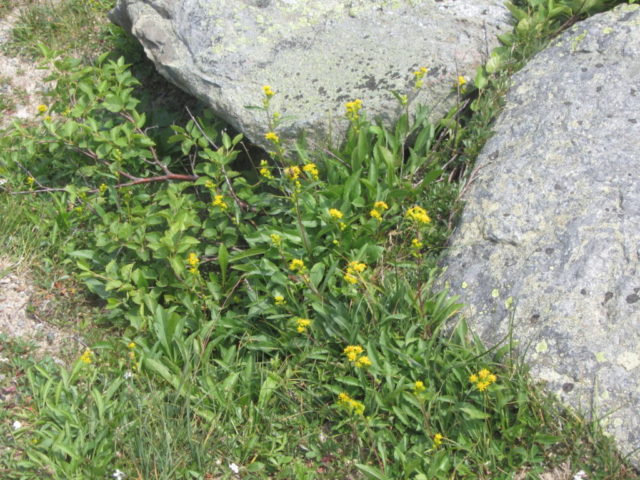
On the site, the “Kutlera” variety goes well with cereals, larkspur and fighters
Hybrid goldenrod
It is from this species that the main hybrid ornamental varieties originate. They are distinguished by beautiful foliage and small bush sizes. Gardeners are attracted by the appearance and long flowering of hybrids. They most often choose several varieties for their plots.
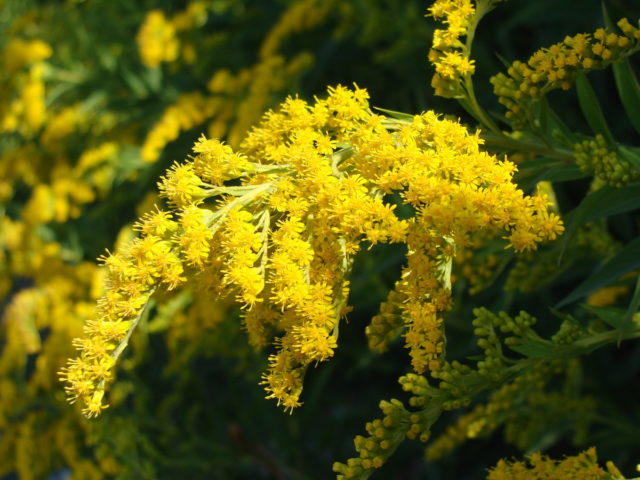
Solidago is the basis for creating medicinal teas, decoctions, ointments and oils
Perkeo
The Perkeo variety is an early variety. The cone-shaped bush has a height of up to 60 cm.Its pistachio shoots are robust yet graceful in appearance. Emerald-colored foliage densely covers the entire plant. The shape of the leaf blades is narrowed, length is about 7 cm. Yellow decorative inflorescences in the shape of brushes are 17 cm long and 20 cm wide. Flowering lasts for a month and a half, starting in July.
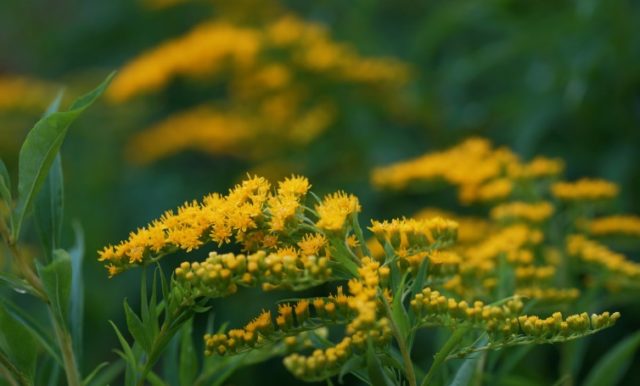
"Perkeo" - a variety resistant to powdery mildew
Golden Dwof
The hybrid variety "Golden Dwarf" has a height of less than 60 cm. Beautiful saffron-colored inflorescences, 16 cm long, appear on the perennial in August. Goldenrod "Golden Dwof" can be grown both in sunny areas and in partial shade; it prefers heavy clay soils that retain moisture well. Most often, gardeners place bushes in the form of separate plantings or as a background for other plants.
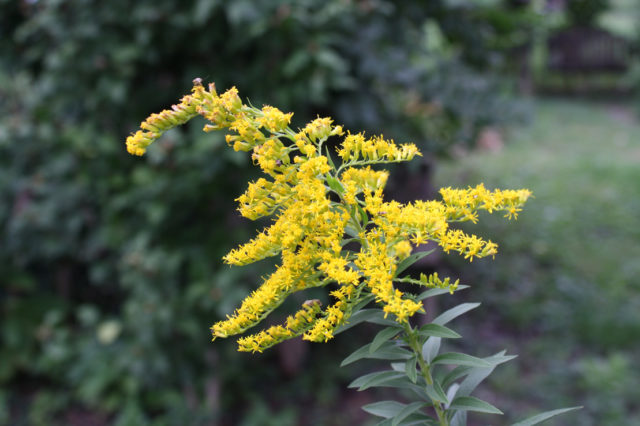
"Golden Dwof" looks impressive when cut
Dzintra
The hybrid goldenrod variety “Dzintra” was bred in the Baltic states, where it has found wide distribution. The bush has the shape of a column 60 cm high, a dense structure, thick shoots, and a large amount of bright green shiny foliage. Yellow umbrella-shaped inflorescences appear in the second half of July and remain in a decorative state until September. Universal use in landscape design and floristry.
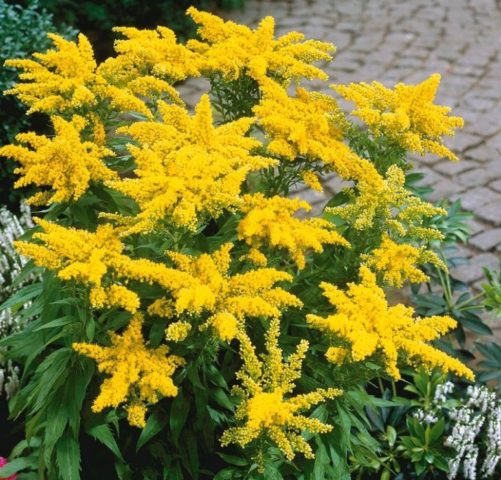
After flowering, above-ground shoots of “Dzintra” are cut off
goldjangle
The variety "Goldjunge" differs from others in its strong aroma and bush height up to 120 cm. Its branches are strong, the leaves are gray, narrow, long, with smooth edges. The inflorescences are paniculate, golden-yellow, up to 40 cm long, and consist of small baskets. Judging by the description of the plant and its photo, the goldenrod branches look graceful, beautifully deviating from the bush. Flowering begins in late summer and continues until early winter.
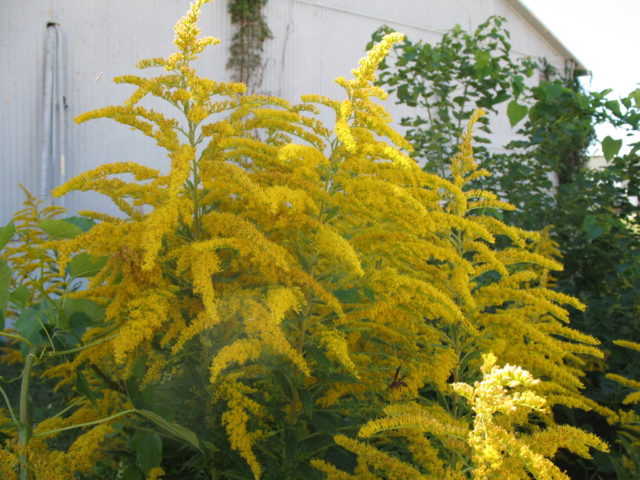
The reed flowers of the “Goljungle” variety are underdeveloped
Pillar
The variety “Pillare” got its name from the shape of the bush in the form of a column. Its height is above average - about 90 cm. The shoots are strong, covered with a lot of olive-colored foliage with small jagged edges. The inflorescence is a narrow panicle 15 cm long and 5 cm wide. They contain most of the tubular bright yellow flowers that appear on goldenrod bushes in the second ten days of August.
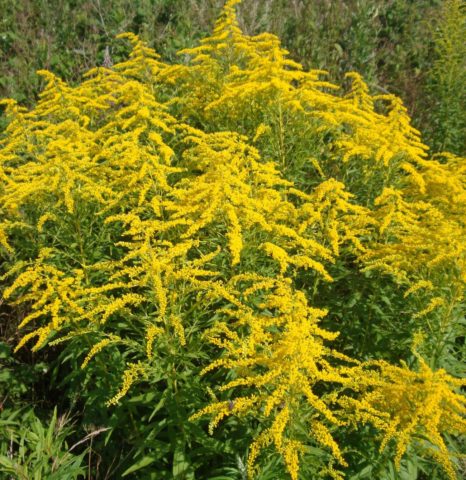
Goldenrod "Pillar" blooms for about 40 days
Goldtann
The late-flowering variety of hybrid goldenrod “Goldtanne” has a shoot height of up to 2 m. The leaves of the plant are narrow, with sharp ends, and blue-green in color. The veins and small notches along the edges are clearly visible on them. The panicle-shaped inflorescence is large (up to 50 cm in length), the flowers in it are densely arranged. They appear on the perennial in early September, gradually changing color from straw to amber yellow.
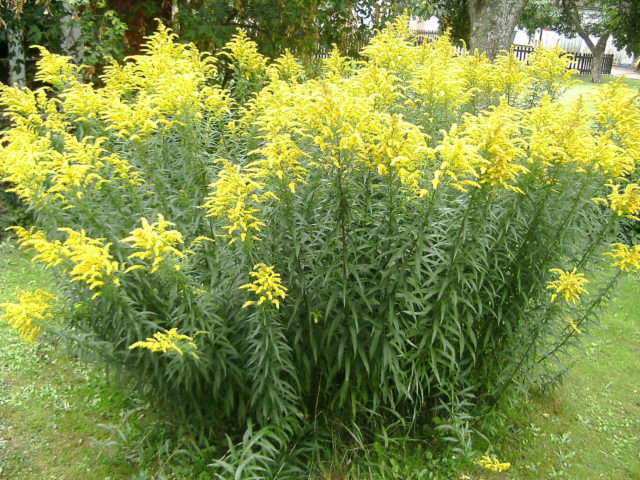
Peduncles of the Solidago variety "Goldtann" are highly durable
Two-color
The distribution range of bicolor goldenrod is North America. The plant has a height of 120 cm. Its stems are hard, pubescent, gray-green in color, covered with elliptical foliage with small denticles along the edges. A distinctive feature of the species is the two-colored panicles. The baskets contain both white and cream flowers.
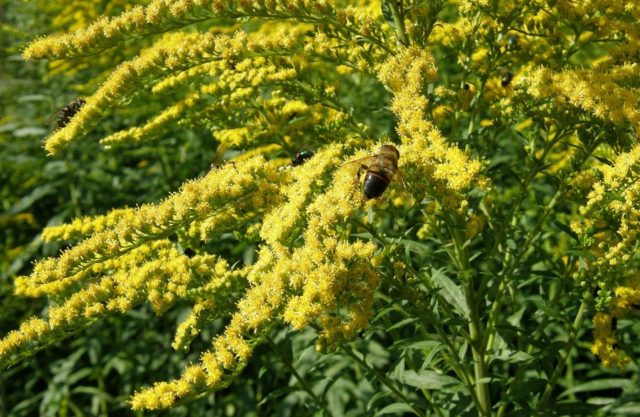
In bicolor solidago, buds bloom not at the ends of the shoots, but in the leaf axils
Wrinkly
Wrinkled goldenrod is a tall perennial, the length of its shoots is 80-120 cm. Low-resistant stems grow in the form of a bush. The flowers of the plant are collected in yellow panicles with a tart odor.The wrinkled variety grows well in both sun and shade and is highly winter hardy.
The perennial grows quickly, flowering begins in September and continues until winter.
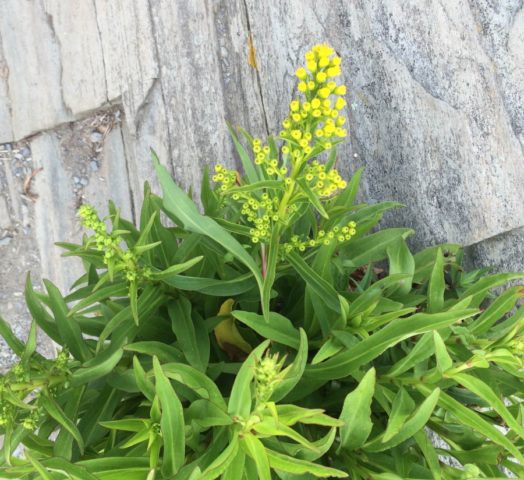
Wrinkled goldenrod grows quickly in loam soils
Bluish gray
The species is distributed in Canada and the USA. Its appearance is very different from other goldenrods. The bush looks elegant because of its bare long branches, the leaves of which are located only at the very top. They look like willow, jagged, emerald green. The cluster of inflorescences is sparse, looks like a necklace, blooms in late autumn and blooms until winter.
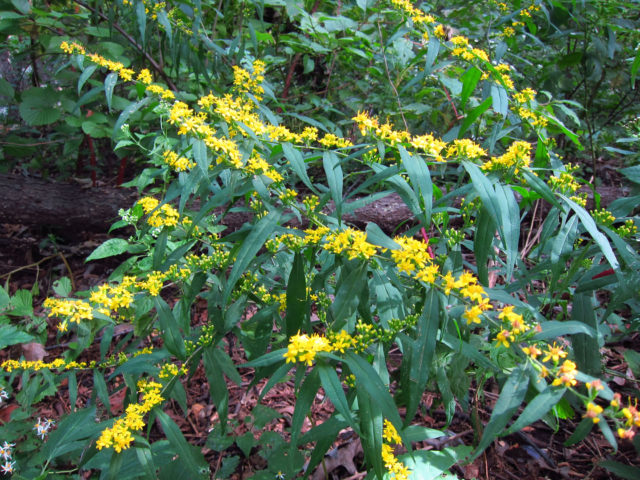
The stems of bluish-gray goldenrod can range from 0.3 to 1.2 meters in length
Daursky
The homeland of Daurian goldenrod is Siberia. The bush is distinguished by the power of its shoots, which have no branches except in inflorescences. The upper part of the stems is covered with hairs, the lower part is bare. The foliage has different petioles - they are short at the top and long at the bottom. Plant height is 1 m. The inflorescence is simple in shape in the form of a panicle, composed of small yellow baskets.
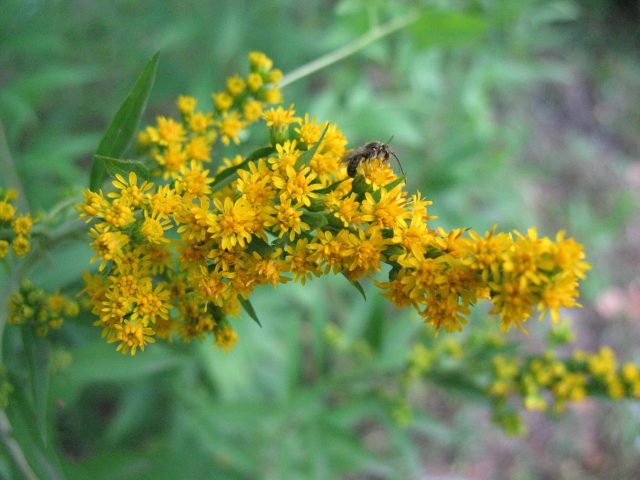
Goldenrod "Daursky" grows in open forests, in river beds of Central Siberia
Goldenrod in landscape design
Most solidago varieties can be grown as ornamental and used to create compositions that are as close as possible to their natural appearance. They are placed on a ridge, flower bed, mixborder, or used as a border or tapeworm.
Tall species are planted in the back of the site, creating a background for other plants, while dwarf species are placed in the foreground. The flowering of goldenrods can be extended for several months if you choose the right varieties.
Rudbeckia, echinacea, zinnia, dahlias and cereal plants look advantageous as neighbors next to solidago.
Reproduction methods
To obtain new goldenrod seedlings, you can use one of the following methods:
- sowing in the ground;
- use of seedlings;
- dividing the bush;
- cuttings.
The most popular method is dividing the bush, since it allows you to preserve the varietal qualities and characteristics of goldenrod; the plant takes root well and blooms in the same year.
Planting and caring for goldenrod
With proper planting and proper care, solidago can grow in one place for up to 10 years. It is necessary to ensure that the plant does not get sick, does not become bare in the center of the bush and take measures to eliminate deficiencies - timely loosening, watering and fertilizing.
Landing dates and rules
Placing goldenrod in open ground can be done both in spring and autumn.
To plant a perennial, you need to choose a sunny place or an area with light shade, then dig up the soil and add humus or compost. Mineral fertilizers are added to the prepared holes and mixed with soil. The roots of the plant are spread over the hole, carefully sprinkled and moistened generously.
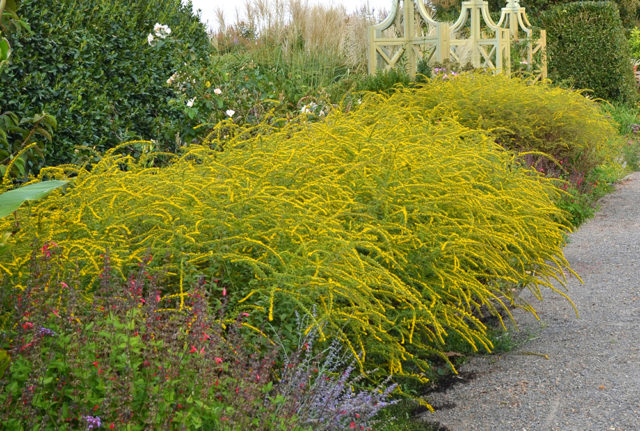
In China and Poland, goldenrod is classified as a quarantine plant.
Features of cultivation
The common goldenrod is unpretentious; planting and caring for it is not difficult. Even after minimal attention, it responds with abundant flowering, rapid growth and development.
By providing the plant with proper lighting, you can achieve an increase in the size of the inflorescences and their greater brightness.At the same time, an excess of fertilizing leads to strong development of shoots to the detriment of flowering. Poor soil affects the growth of goldenrod - it develops more slowly and does not bloom as luxuriantly.
Watering and fertilizing schedule
The shrub does not need watering if precipitation falls periodically in the form of rain. In hot, dry weather, goldenrod needs to be moistened generously once a week.
Fertilizing the plant is only required if the soil is depleted. Organic and mineral fertilizers are applied twice per season - in spring and autumn.
Pruning and preparation for winter
Goldenrod does not require special preparation for winter, since it is a frost-resistant species. In late autumn, its shoots are cut to a height of 15 cm from the soil surface. In the spring, sanitary cleaning is carried out, removing weakened branches. The procedure allows you to achieve a powerful appearance and spectacular flowering of plants.
Diseases and pests
Despite the resistance of goldenrod to diseases, drought, thickening of plantings and an excess of nitrogen in the soil lead to the plant being affected by powdery mildew and rust. To combat pathologies, spraying with Bordeaux mixture and copper sulfate is used.
The most dangerous insects include lace bugs - small bugs that can destroy a plant, and caterpillars that twist leaf plates, which leads to their drying out. The most effective means of pest control is insecticides.
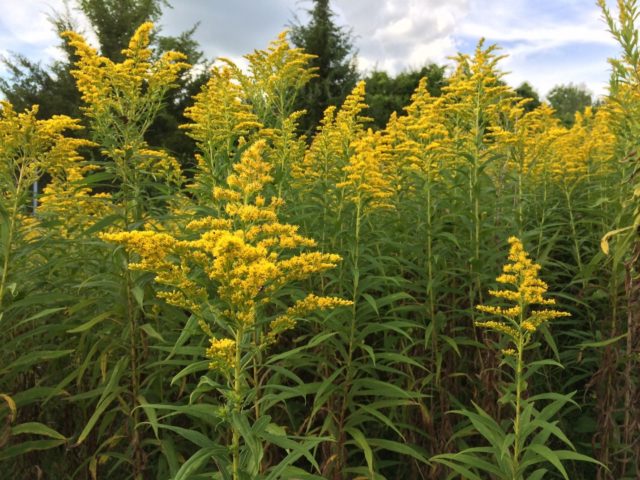
The goldenrod bush looks neat if you trim it regularly.
Goldenrod as a weed
Despite the fact that solidago is a good honey plant and a beautiful ornamental plant, it can be harmful to the environment.The perennial produces a huge number of seeds that, after ripening, can scatter over long distances. Thanks to its high percentage of germination, it fills vast areas and displaces the usual field plants - clover, cornflowers, fireweed, and even shrubs. Following the plants, insects, animals and birds disappear due to the loss of their food supply, because goldenrod itself is unsuitable for food.
Taking over meadows, the perennial worsens the quality of pastures and hayfields, the soil becomes hard and dense. It is very difficult to combat it; only herbicides in high concentrations help, the use of which is limited near residential areas and water bodies. In some countries, the plant is included in the quarantine list, posing a threat to biological diversity, human life and health. The fight against goldenrod is carried out at the state level.
How to get rid of goldenrod on your property
To prevent solidago plantings from turning into thickets, it is necessary to carry out preventive work:
- Mowing the shoots immediately after flowering 2-3 times per season.
- Digging the soil around the bushes and removing overgrown roots.
- Mulching the soil with dense material under the plant.
Conclusion
Common goldenrod grows easily and quickly in any climate and soil. You should choose the right type of plant so that it looks decorative and does not harm the environment. With proper care, the perennial looks luxurious and decorates the area with its bright sunny color.
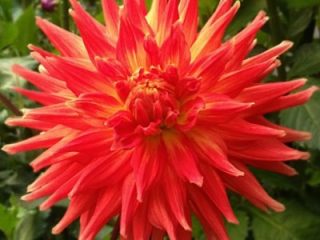
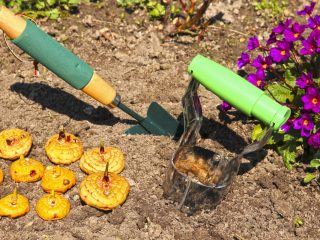
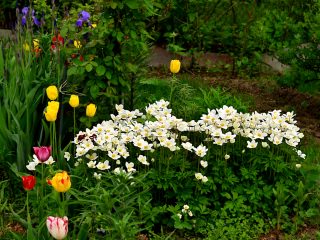
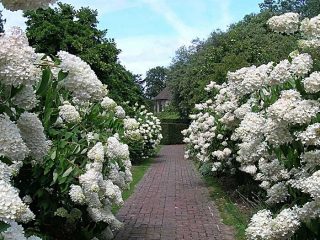
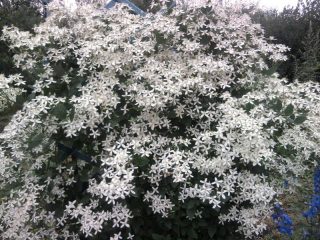
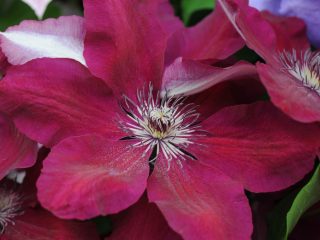

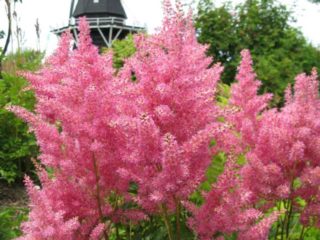
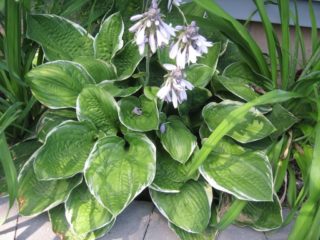
Some people may like goldenrod as an ornamental plant, but removing it from the site is a tedious task. Unless it's poisoned with chemicals.